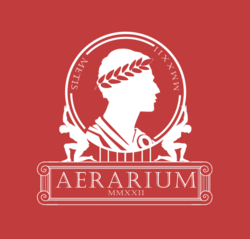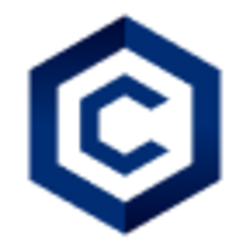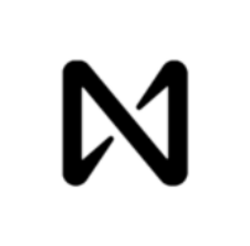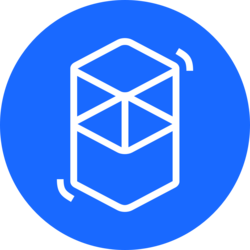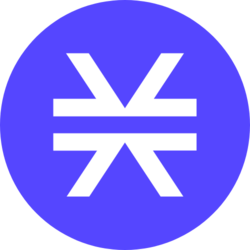The first thing that comes to mind when thinking of Web3 might be the likes of NFTs, the metaverse or blockchain technology. Although all of these concepts do fall under the umbrella that is Web3, additional features such as credential data networks also fit into the picture, which play an integral part in the progression of Web3.
Back to Basics
The current structure of the internet (as we know it today), often labelled as Web2, allows for user-generated content to be posted on a number of different channels. As opposed to the first version of the internet that was stagnant and limited to “read only”, the internet has moved to a structure which allows users to generate their own content as well as interact with it, such as one posting an image to their social profile, while other users like, comment and share the content.
With technology ever changing at rapid speeds, Web3 is believed to be the next step in the transition of the web. Often dubbed as “the future of the internet”, Web3 is a decentralised version of the web, which integrates the likes of cryptocurrencies, NFT’s, DAOs, and decentralised finance into one space. With this being said, Web3 offers a magnitude of web versions which can be read, written or owned, allowing users to have financial stake and control over online communities that they belong to. One of the largest and possibly most disregarded aspects that differentiate Web3 from Web2, is the credential data networks that live on Web3.
Wait, What are Credentials?
In technical IT terms, credentials refer to the verification of one’s identity online, similar to that of an ID card or passport, but on the web. However, this online identity does only pertain to one’s username and password, but rather the behavioural patterns that are specific to the user. “How much time does a user spend on a specific app before going onto the next?” and “Which features of the app do users use most?” could be common questions that organisations might ask when wanting to figure out how to optimise the user experience and create seamless apps.
Traditionally speaking, credential data of users is stored on a centralised server of the website in question. For example, if a user creates an account on Meta (previously known as Facebook), their personal data (together with the data of all other users) will be stored on Facebook’s central server. At first glance, this may not seem like an issue, however, the risk of personal data being…
Click Here to Read the Full Original Article at NewsBTC…











